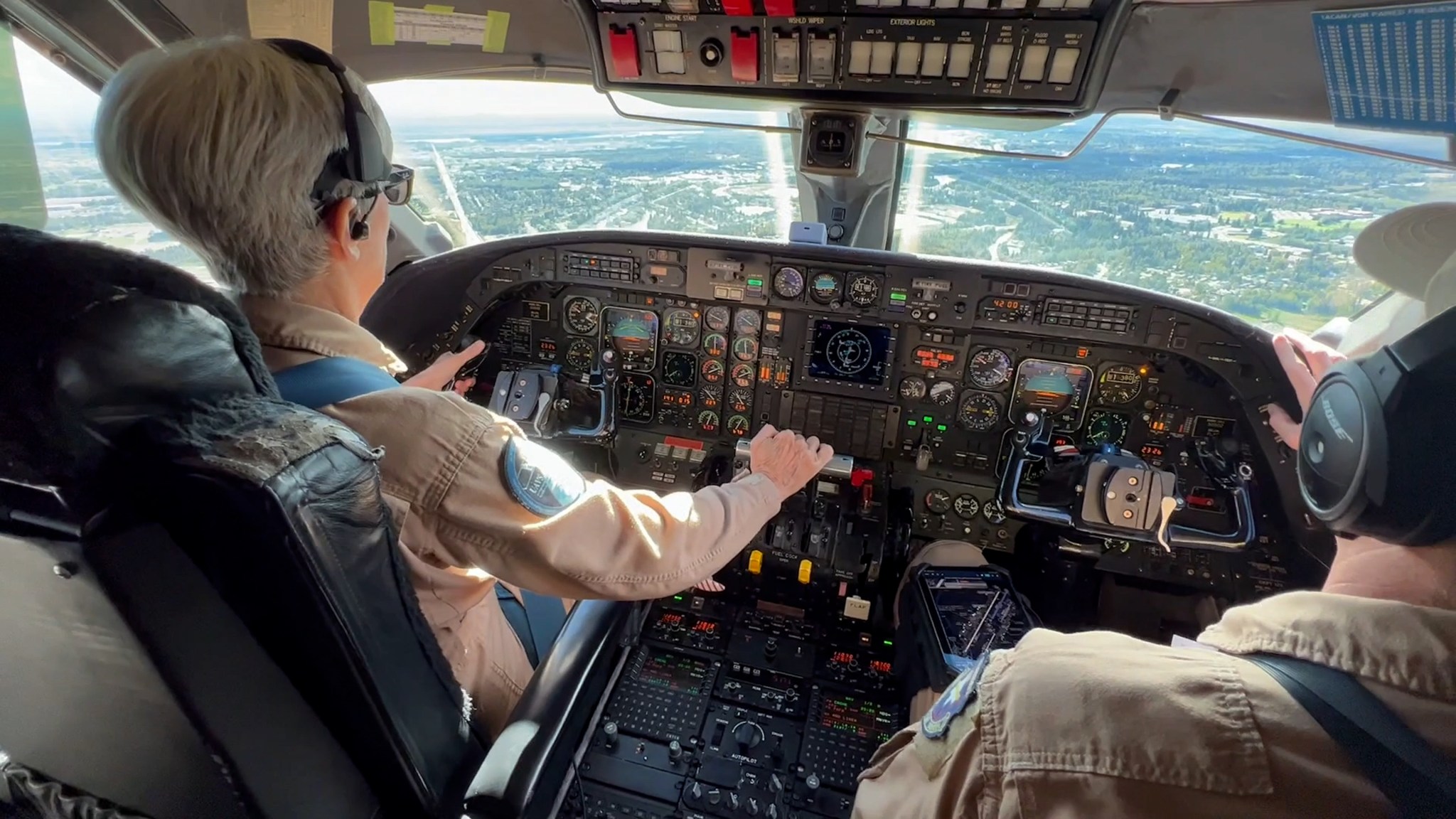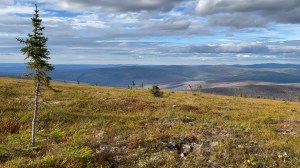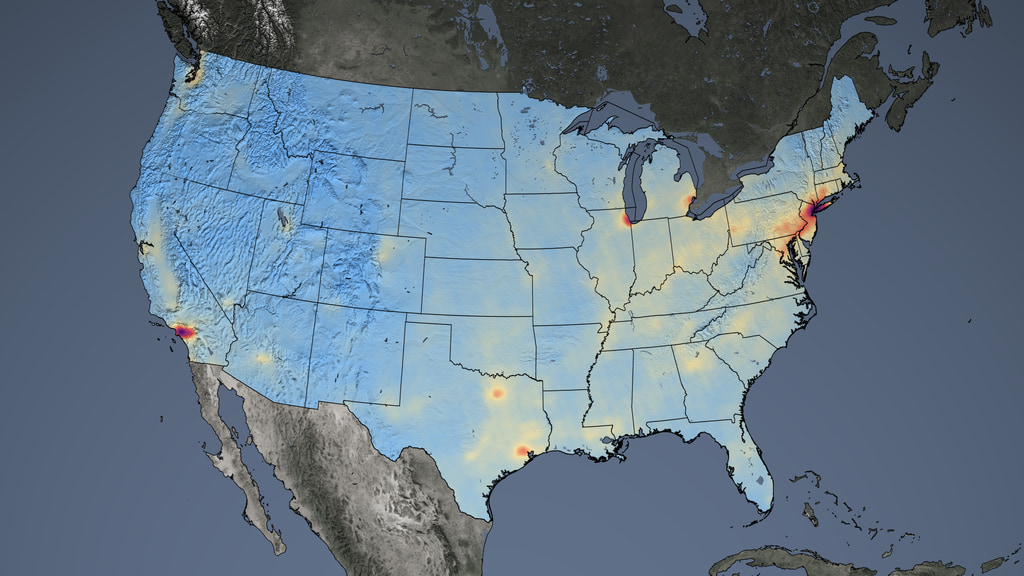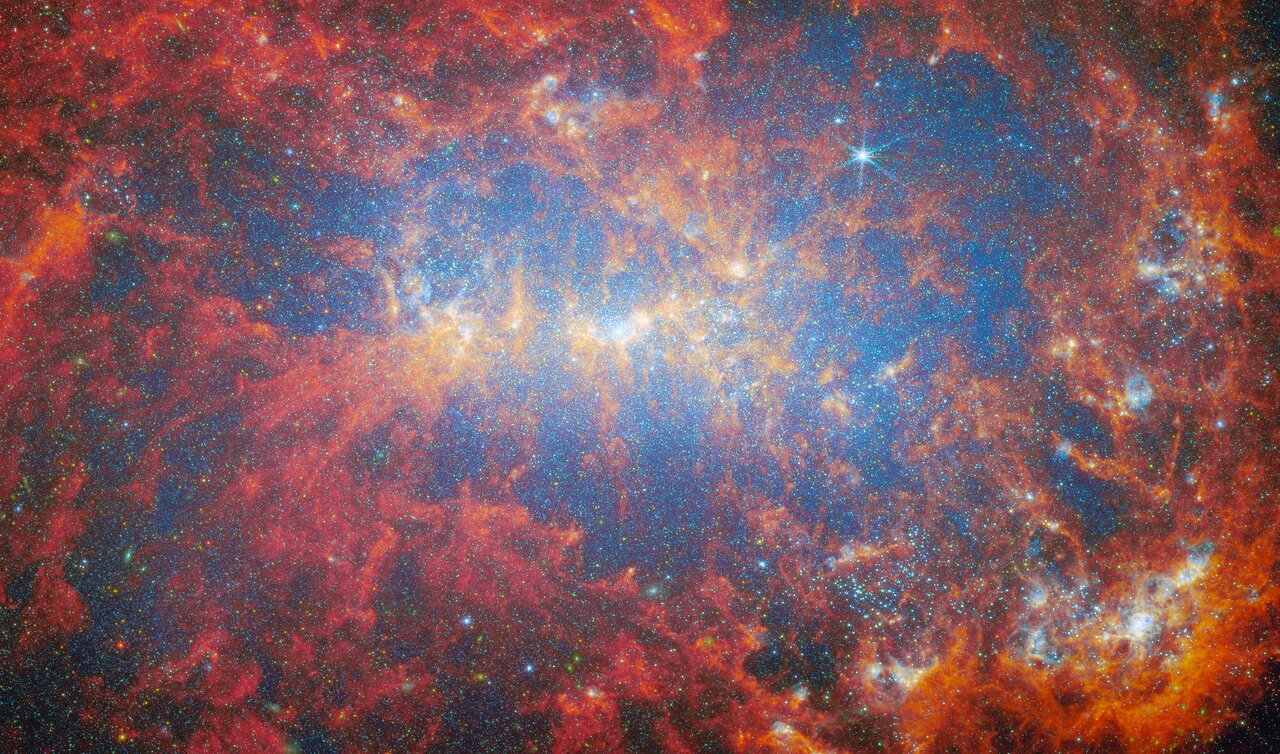NASA Invites Media to Event with Scientists, Research Plane in Alaska
NASA invites media to view a research aircraft and interview scientists in Fairbanks, Alaska, on Thursday, Aug. 22, prior to flights of the agency’s Arctic-Boreal Vulnerability Experiment (ABoVE), which seeks a better understanding of the sensitivity of northern ecosystems and communities to climate change. Media also will have the opportunity to tour NASA’s C-20A, a […]
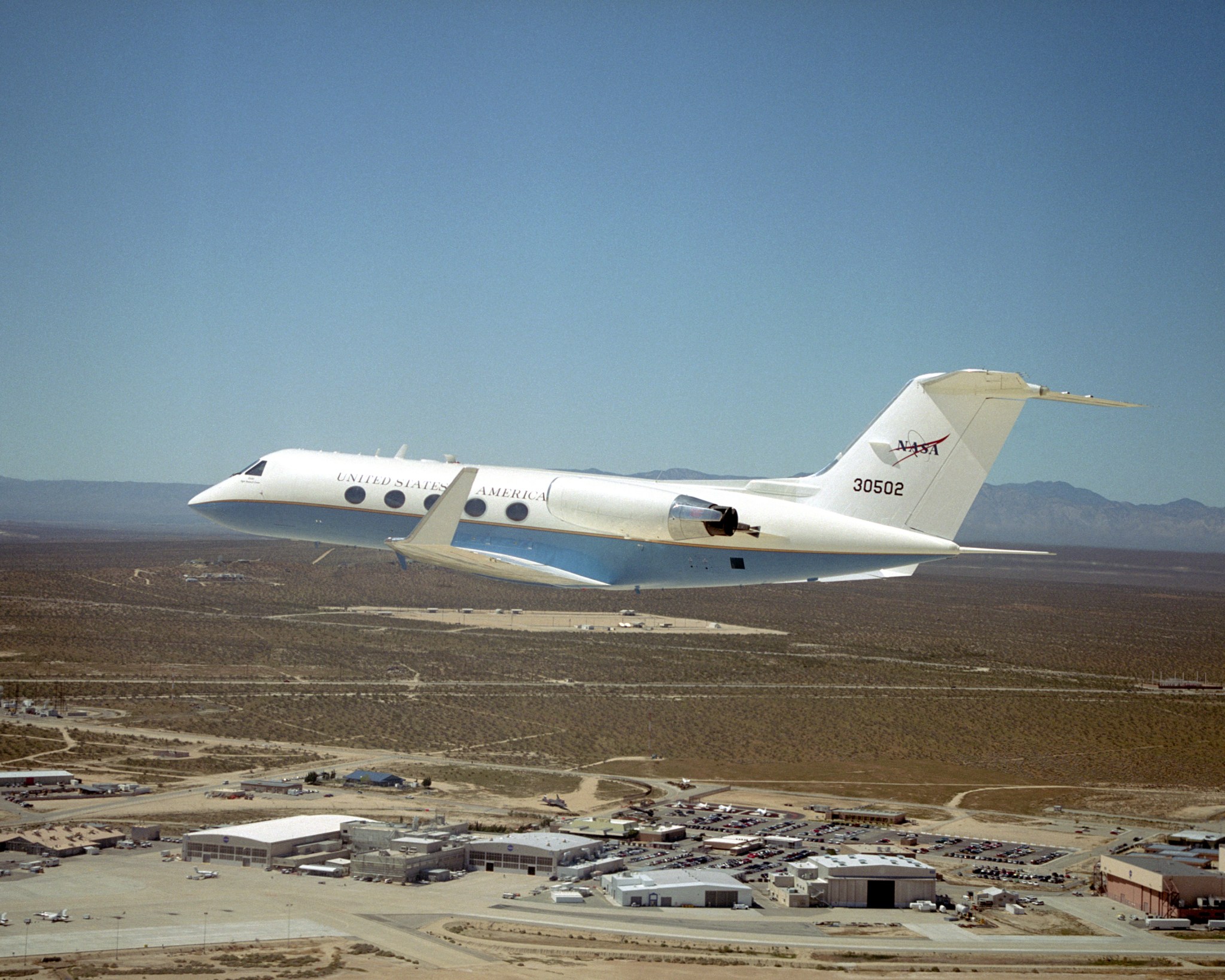
NASA invites media to view a research aircraft and interview scientists in Fairbanks, Alaska, on Thursday, Aug. 22, prior to flights of the agency’s Arctic-Boreal Vulnerability Experiment (ABoVE), which seeks a better understanding of the sensitivity of northern ecosystems and communities to climate change.
Media also will have the opportunity to tour NASA’s C-20A, a modified Gulfstream III aircraft from the agency’s Armstrong Flight Research Center in Edwards, California, and meet scientists and instrument team members using ABoVE’s radar instrument from NASA’s Jet Propulsion Laboratory in Southern California. Media are welcome to film researchers on the ground as they communicate with the airborne team.
Weather permitting, the ABoVE media availability will take place from 3:30 p.m. to 5:30 p.m. AKDT at the Omni Logistics aircraft hangar, 6302 Old Airport Road, Fairbanks. Media interested in participating should contact Dr. Elizabeth Hoy, senior support scientist, at elizabeth.hoy@nasa.gov prior to the event. NASA’s media accreditation policy is online.
Climate change in the Arctic and boreal regions is unfolding faster than anywhere else on Earth, resulting in reduced Arctic Sea ice, thawing of permafrost soils, decomposition of long-frozen organic matter, widespread changes to lakes, rivers, coastlines, and alterations of ecosystem structure and function.
Nearly a decade of ABoVE flights has enabled accurate comparisons over time of permafrost, thermokarst, and boreal forests. The 2024 ABoVE field campaign covers Alaska and western Canada. It is coordinated through NASA’s Terrestrial Ecology Program.
For more information on ABoVE, visit:
-end-
Rob Garner
Goddard Space Flight Center, Greenbelt, Md.
301-286-5687
rob.garner@nasa.gov
Share
Details
Related Terms
What's Your Reaction?



















.jpg?#)























